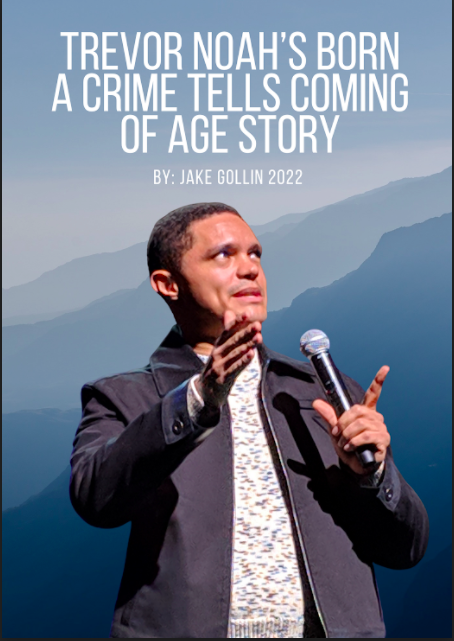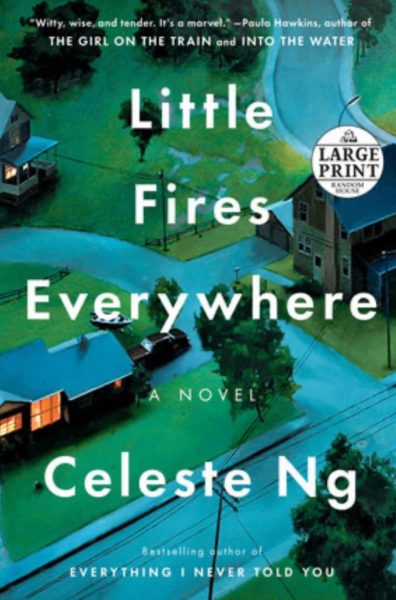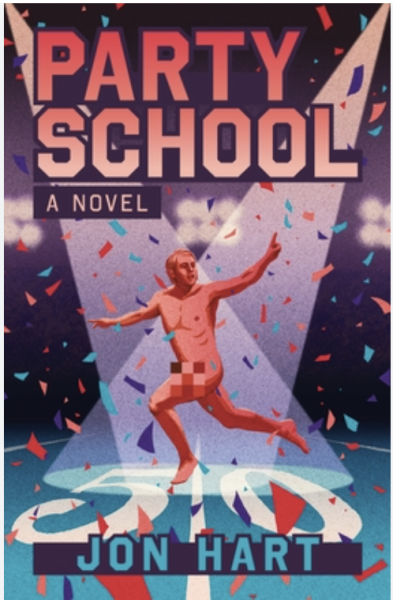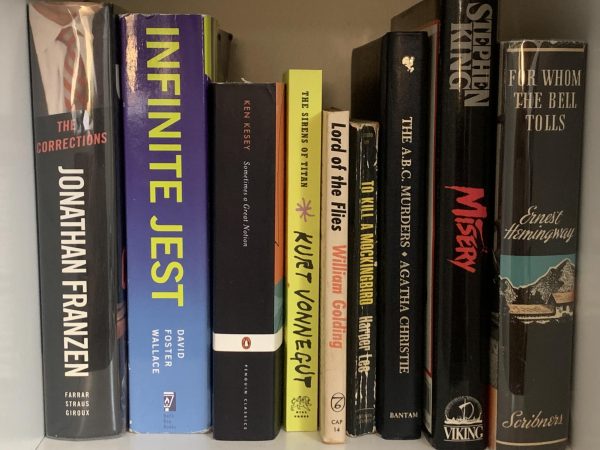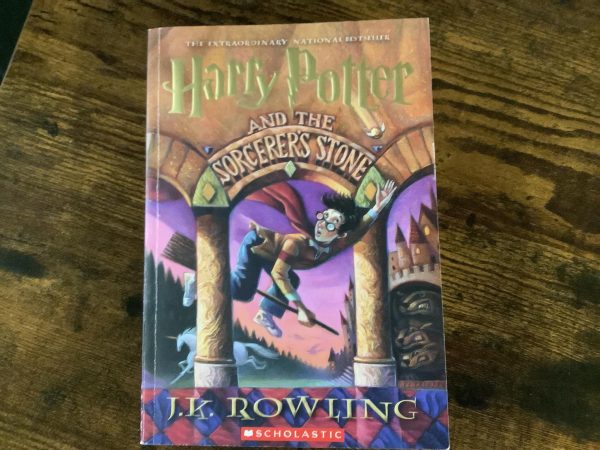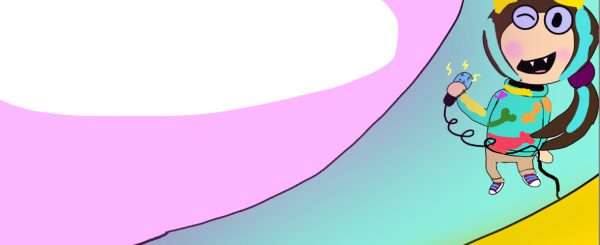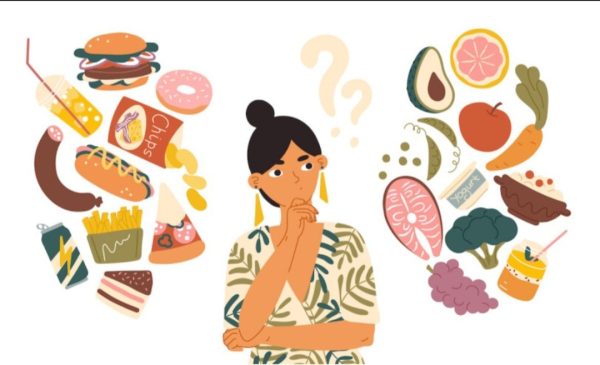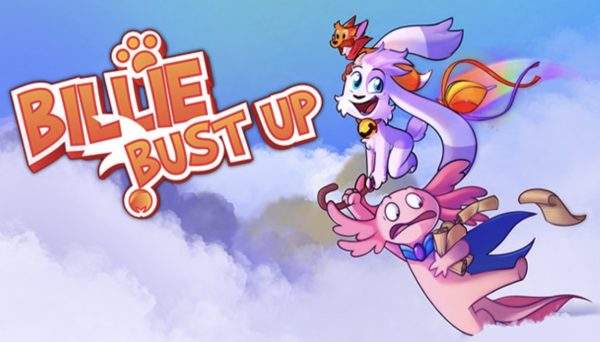Trevor Noah’s Born a Crime Tells Coming of Age Story
Trevor Noah’s Born A Crime: Stories From A South African Childhood shows how an outlawed boy was able to use his identity to fit in with different communities.
From 1948 to 1994, the National Party, made up of Dutch-descending Afrikaners, ruled South Africa. When they gained power, they immediately implemented apartheid, which segregated white South Africans from all non-white South Africans. Trevor Noah’s novel, Born A Crime: Stories From A South African Childhood, focuses on how a biracial man survived apartheid and continued to cope in post-apartheid South Africa. Apartheid effectively created an animosity towards those who looked or sounded different, so Noah frequently had to choose between racial groups. Nevertheless, Noah was able to use his own sense of identity to move from group to group. In Born A Crime: Stories From A South African Childhood, Trevor Noah uses the theme of identity to show that anyone can create a sense of belonging by bridging different communities.
Under apartheid it was illegal for whites to have romantic relationships with non-whites. As the child of a Black South African woman and a white Swiss man, apartheid made Noah’s very existence a crime. The effect of this was Noah’s mother going to extreme lengths to shield him from the very world he was born into. At any moment, the government could steal Noah from his mother, so instead of playing with his cousins outside, Noah was kept hidden indoors away from any unwanted attention. As Noah grew up, apartheid came to an end, but the struggles of “choosing a side” remained. This collection of humorous yet deeply touching stories work together to show the reader how a curious boy moved through a dangerous world only with his sense of identity, sense of humor, and unconditional love from his mother.
Throughout the novel, Noah’s ability to show that race was the dominating factor of identity in South Africa effectively furthered his point about bridging different communities. At his first public school, Noah tells a story about “picking a side” for the first time. Noah was put in the A class where all the white and colored kids were placed, but no black students. Noah was later shocked to discover that a majority of the kids at the school were black because he had no contact with them in the A class. Noah explains this when he says, “Before that recess I’d never had to choose, but when I was forced to choose, I chose black” (59). This experience shows that even at a young age, the post-apartheid circumstances of South Africa made Noah choose between the different races in an attempt to avoid alienation. While I knew that apartheid segregated the whites from everyone else, I never realized the true consequences of the situation. Even after the end of apartheid, kids still thought that they had to segrate because of what they had been brainwashed to believe.
Like the divide seen at school, Noah experiences a divide in the towns he grew up in. The two places where Noah felt most at home were the black communities of Soweto and Alexandra. Even though both towns were poor, they were special to Noah because of how closely knit they were. When he moved to Eden Park, however, he became ostracized for being of mixed race by the colored kids in town. Noah says, “The animosity I felt from the colored people I encountered growing up was one of the hardest things I’ve ever had to deal with” (Noah 118). Unable to find a group of kids that accepted him, he isolated himself. Noah’s ostracization in Eden Park made me realize that the color of someone’s skin in South Africa made a huge difference. Such discrimination is particularly troubling because it is based on factors beyond anyone’s control.
Eventually, Noah discovered that the best way to bridge different identities was by using language and his businesses. By learning many different South African languages, Noah was able to communicate with pretty much everyone making him feel like one of them. Language also helped Noah get out of many violent situations and even played a part in him becoming one of the most popular kids at school. As he grew up, Noah also realized that business could help him get on the inside. In high school, meals were limited, so being at the front of the line was critical to getting a school lunch. Noah was the fastest kid in school, so other kids would pay him to be the first to the cafeteria and buy food for them. This allowed Noah to be known by everyone in the school without making him pick a singular group. After high school, Noah used his business of selling pirated CD’s in Alexandra as a way to make connections throughout the community. Noah’s ability to use language and business connections as a solution to his alienation, showed me that one can always find ways to fit in even when it seems impossible.
Trevor Noah’s Born A Crime: Stories From A South African Childhood shows how an outlawed boy was able to use his identity to fit in with different communities. Due to this, I would recommend this novel to anyone struggling to find their true identity or anyone who loves comedy. It was refreshing to read a novel that did not shy away from infusing comedy into serious situations. Aside from Noah’s special ability to incorporate comedy into the novel, it was fascinating to see how Noah went from an outcast in society to someone who found his identity by not letting the division of his country define him. Noah’s depiction of himself and his struggles in a post-apartheid South Africa makes the reader think about how hard it must have been to be born into such a complicated situation. His combination of comedic genius, storytelling and life lessons, make Noah’s novel a great choice for any reader looking to find themselves or looking for a good laugh.


